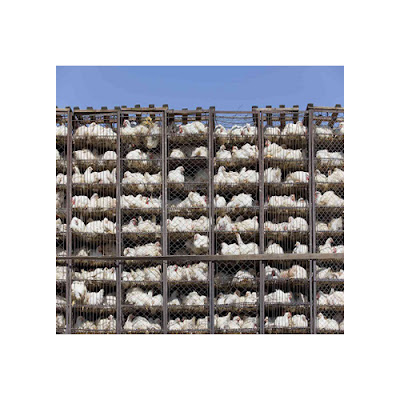Milking Risks: Perils in the Dairy Industry.
The dairy industry, an integral part of agriculture, faces various risks that impact both its productivity and the health of consumers and animals. While it’s a cornerstone of many economies, the industry grapples with challenges that range from animal welfare concerns to environmental impacts and human health issues.
Furthermore, the environmental footprint
of the dairy industry is substantial. Large-scale dairy farming operations
generate significant amounts of greenhouse gas emissions, primarily methane,
contributing to climate change. Additionally, the disposal of manure and
wastewater from dairy farms can lead to water pollution, harming local
ecosystems and water sources.
The health implications of dairy
consumption also warrant attention. While dairy products are rich in essential
nutrients like calcium and protein, concerns arise regarding hormones and
antibiotics present in milk due to the practices employed in some dairy farms.
Consumers worry about the potential long-term effects of these additives on
human health.
Efforts to mitigate these risks
are underway in the #Dairy industry dangers. Some farms are
transitioning towards more sustainable practices, such as organic farming
methods that prioritize animal welfare and minimize environmental impacts.
Improved waste management systems, like anaerobic digesters, help reduce
methane emissions by converting manure into biogas, mitigating the industry's
environmental footprint.
Moreover, there's a growing
demand for transparency in the supply chain. Consumers are increasingly seeking
information about the source of their dairy products, encouraging farms to
adopt ethical practices and provide detailed information about their farming
methods.
Regulatory bodies also play a
crucial role in mitigating risks within the dairy industry. Stringent
regulations regarding animal welfare, waste management, and antibiotic use aim
to ensure both the quality of dairy products and the well-being of animals.
However, challenges persist.
Transitioning to more sustainable practices often requires significant
investments and changes in established farming methods. Balancing ethical
considerations, environmental impact, and economic viability remains a complex
challenge for many dairy producers.
In the end, the dairy industry
faces multifaceted risks ranging from ethical concerns regarding animal welfare
to environmental impacts and potential health issues for consumers. While
efforts are being made to address these challenges, there's still much ground
to cover in creating a more sustainable and responsible dairy industry that
ensures the well-being of animals, environmental conservation, and the
production of safe and healthy dairy products.

Comments
Post a Comment